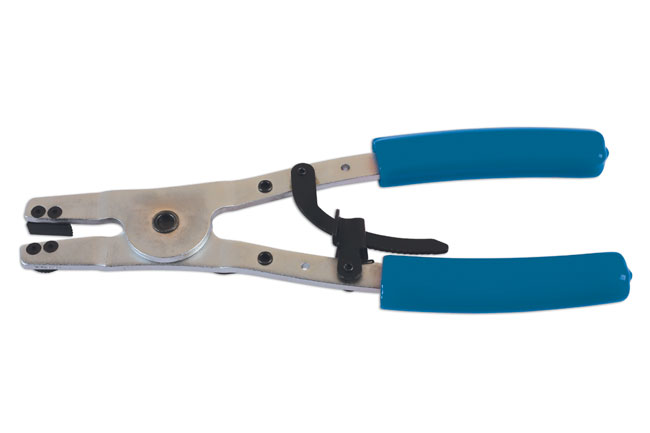I don’t mean to criticize your work, but something has gone wrong here. I don’t understand how air would or could enter the fluid when or just because the brakes got hot. If that was common, I suspect most of us would be having trouble with squishy brake levers. I never saw your pistons or the contamination you were removing, nor have I ever in my life sanded a brake piston, but 220 grit seems way too coarse to me. If the pistons were damaged, I don’t think that bleeding would fail, but rather the piston(s) would either stick, or leak fluid and possibly air around the seals.Me too. That is a pretty fine grit, so I doubt it. Not as fine as someone might use to polish, but pretty close and it looked and felt polished which is where I stopped despite still seeing lines on the piston that looked like dirt.
Not replacing the fluid (which looked new in the syringe I used to remove some) wasn't the cause here. Air entered (presumably) when the brakes got hot. The why is what needs an explanation. Piston damage is remotely possible I suppose, which would mean bleeding will fail.
I can understand the hot brakes getting mushy because the fluid is contaminated with water, which reduces the boiling point of the fluid. I recommend bleeding to replace all old brake fluid with fresh fluid, and to remove all water and air.
In my lifetime of car, truck, motorcycle, trailer, and bicycle (w/ disk brake) ownership, I have successfully serviced all the brakes (drum or disk) myself. Pad changes involved simply changing the pads and resetting the piston position and brake fluid level. Often, bleeding brake fluid to change it was done at the same time as the pad change. Any cleaning involves simply spraying/wiping parts with brake cleaning solvent. I have never heard of or performed the bedding process described in post #38.



